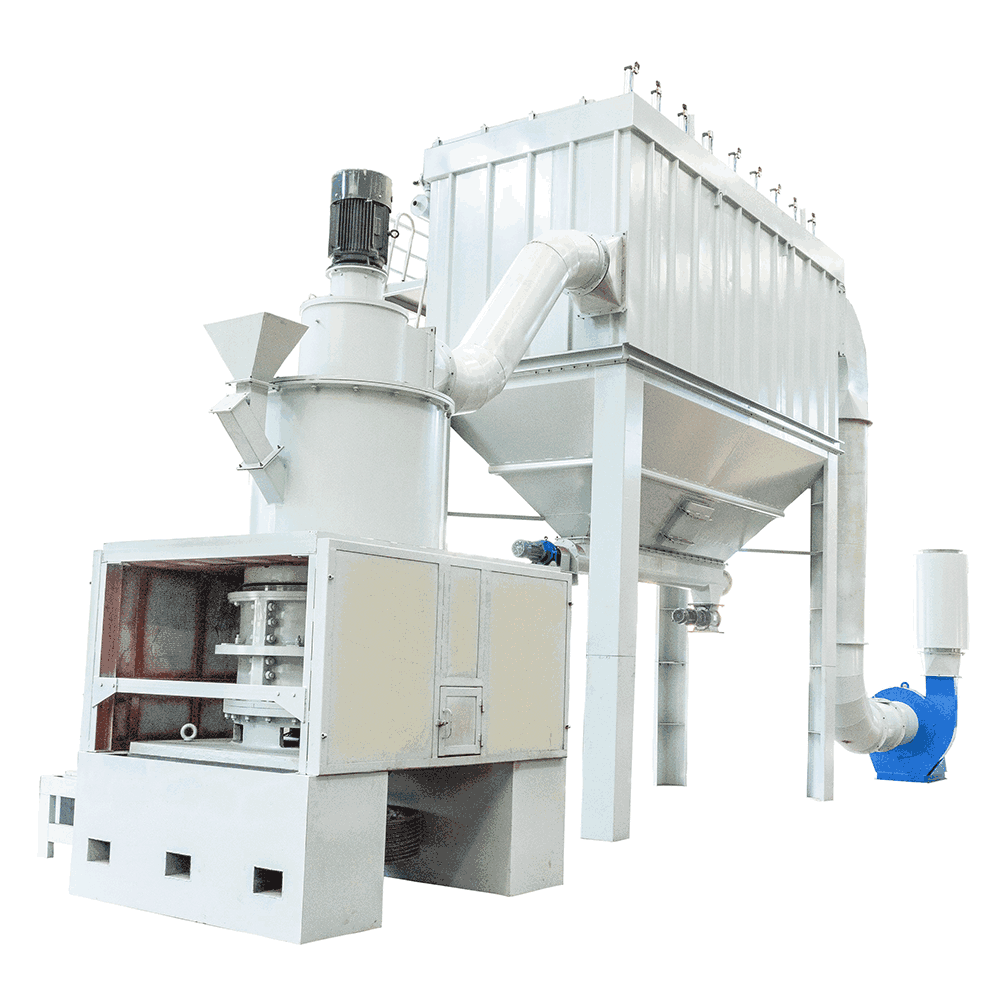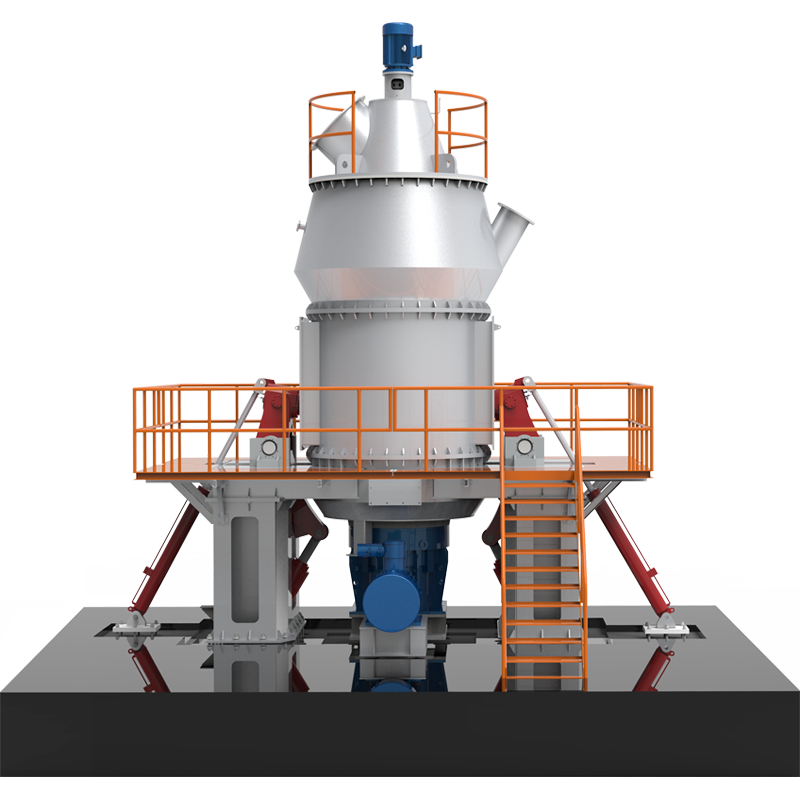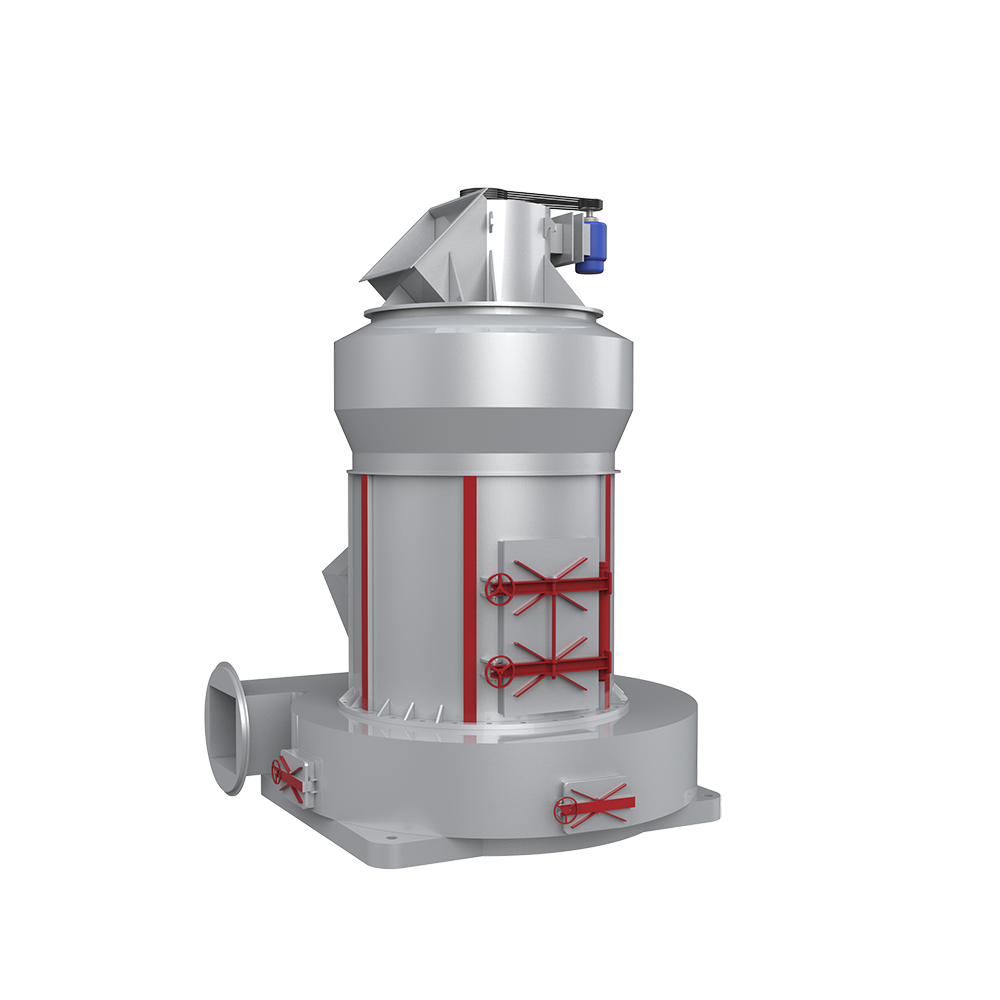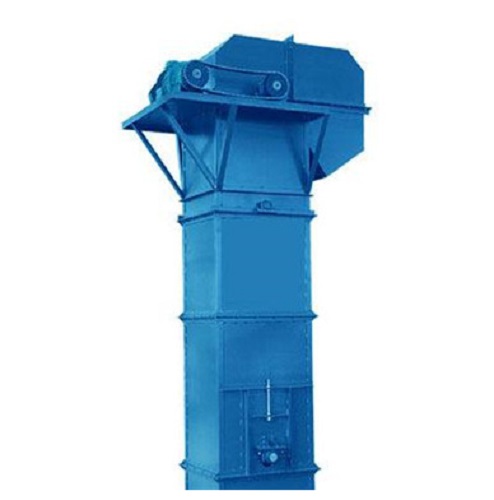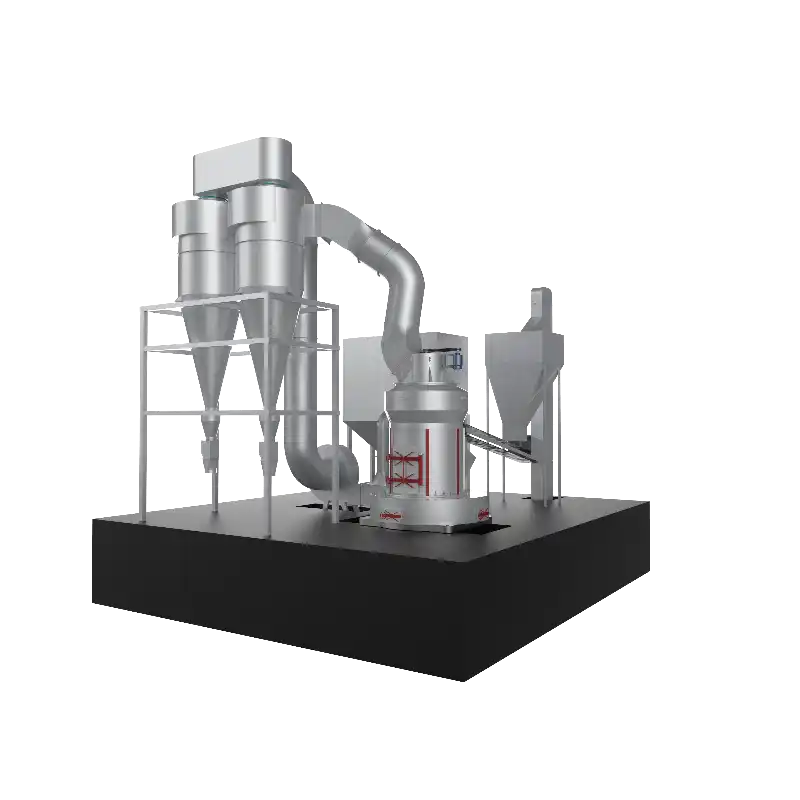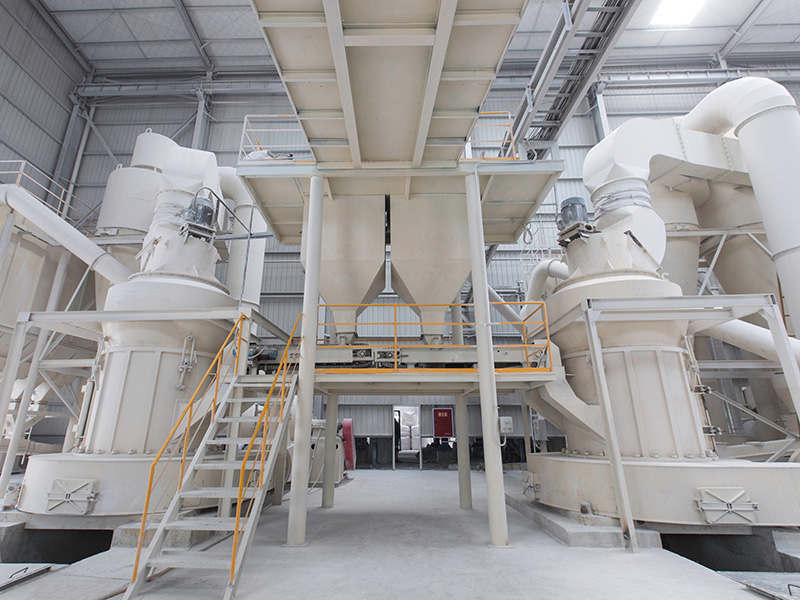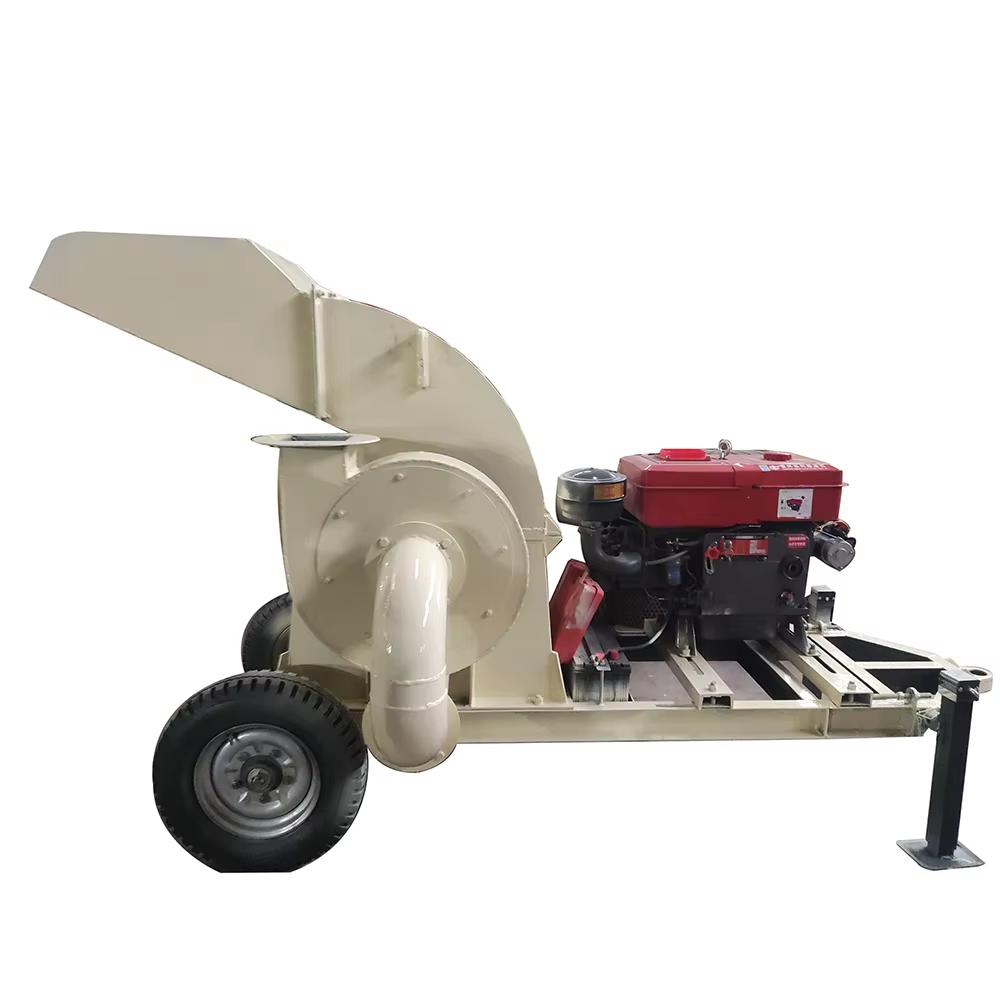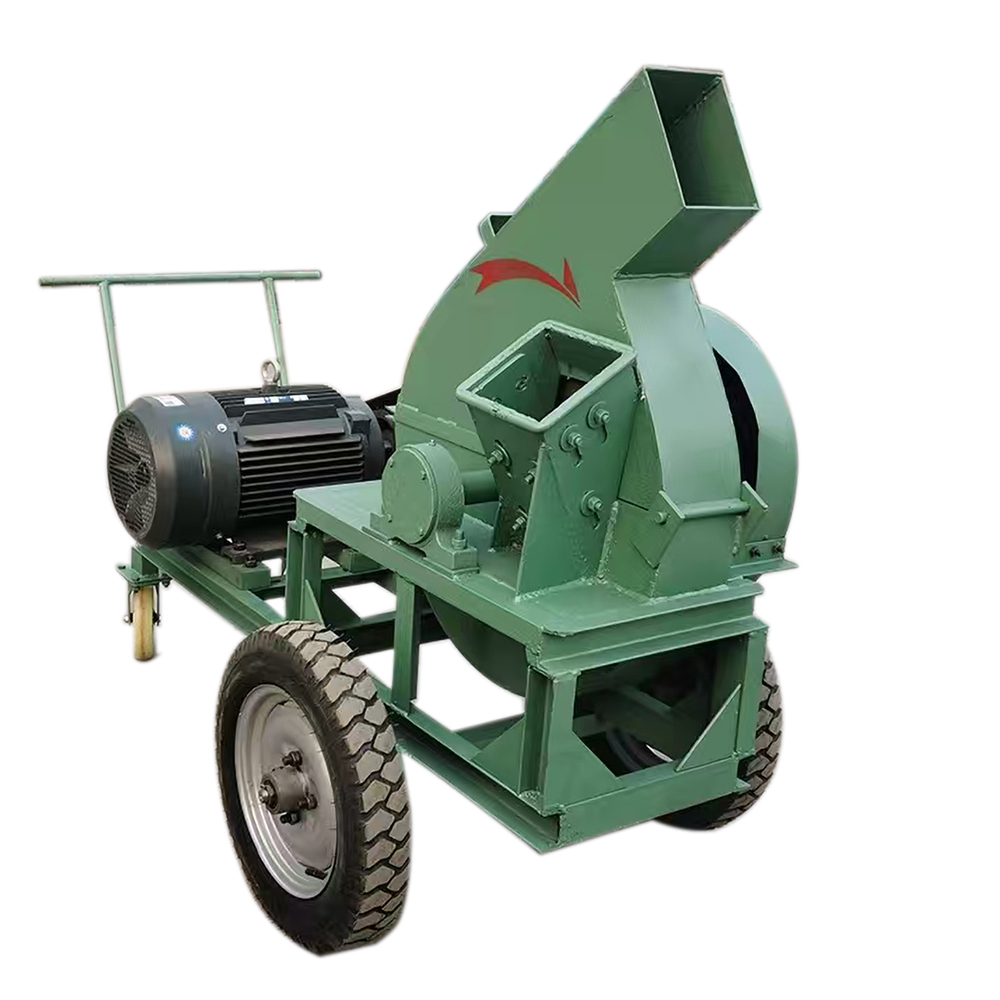Contents Catalog
Introduction
Jaw crushers are one of the most commonly used types of crushing equipment in various industries. They are primarily utilized for crushing materials in mining, construction, and recycling. This article will explore the key components of jaw crushers, their primary applications, and essential maintenance practices to ensure optimal performance and longevity.
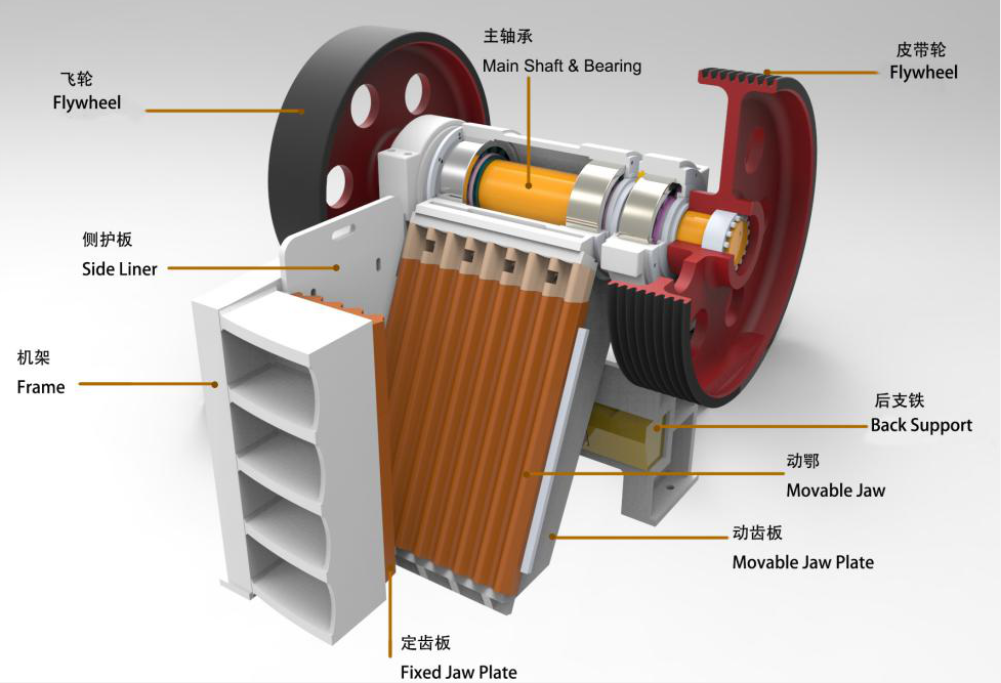
Key Components
Understanding the main components of a jaw crusher is crucial for effective operation and maintenance. The primary components include:
- Jaw Plates:
- Jaw plates are the main wear parts of the jaw crusher. They are made from high-quality materials such as manganese steel, which provides high resistance to wear and impact. The design of the jaw plates affects the crushing efficiency, and they can be replaced when worn out.
- Frame:
- The frame is the backbone of the jaw crusher, providing stability and support for the entire machine. It is typically constructed from high-strength steel to withstand the heavy loads generated during the crushing process.
- Flywheel:
- The flywheel helps to balance the loads and store kinetic energy, which is essential for the operation of the jaw crusher. It also aids in the smooth running of the machine and reduces vibration.
- Toggle Plate:
- The toggle plate is a crucial component that determines the gap size between the jaw plates. It transmits the motion from the flywheel to the movable jaw, allowing for the crushing action. A broken toggle plate could lead to machine failure.
- Drive Motor:
- The drive motor powers the jaw crusher and is responsible for converting electrical energy into mechanical energy. The motor’s performance directly affects the efficiency of the crushing process.
- Adjustable Wedge Block:
- This component allows for the adjustment of the jaw plate gap, enabling operators to control the size of the output material. Proper adjustment is critical for achieving the desired product size.
- Bearing:
- Bearings support the moving parts of the jaw crusher and reduce friction. High-quality bearings are essential for operational efficiency and reducing maintenance issues.
- Hopper:
- The hopper is where the material is fed into the jaw crusher. It can often be equipped with a feeder to ensure a consistent flow of material.



Primary Applications
Jaw crushers are versatile machines used in various industries due to their ability to crush a wide range of materials. Key applications include:
- Mining:
- In the mining industry, jaw crushers are used to break down ore, stone, and other materials for further processing. They are essential in both primary and secondary crushing operations.
- Construction:
- Jaw crushers are frequently used in construction for crushing aggregate materials, such as concrete, asphalt, and rocks. The crushed materials can then be reused in construction projects.
- Recycling:
- In recycling operations, jaw crushers play a crucial role in processing materials like scrap metal and old concrete. They help reduce waste and promote sustainable practices by enabling the reuse of materials.
- Quarrying:
- In quarry operations, jaw crushers are utilized to extract and process stones and minerals. Their robust design allows them to handle tough materials commonly found in quarries.
- Chemical Industry:
- Jaw crushers are also used in the chemical industry to crush raw materials for further processing. They must be capable of handling various materials without contamination.
Maintenance and Care
Proper maintenance is essential to prolong the life of a jaw crusher and ensure it operates efficiently. Key maintenance practices include:
- Regular Inspections:
- Conducting regular inspections of all components, including jaw plates, bearings, and the frame, is vital. Look for signs of wear and tear, and replace components as necessary.
- Lubrication:
- Regular lubrication of moving parts is crucial for reducing friction and wear. Follow the manufacturer’s guidelines for lubrication intervals and types of lubricants to use.
- Jaw Plate Replacement:
- Monitor the condition of jaw plates and replace them when they become worn out. This will maintain the efficiency of the crushing process and prevent damage to other components.
- Adjusting the Gap:
- Periodically check and adjust the gap between the jaw plates to ensure proper size reduction of the material being crushed. Incorrect settings can lead to poor performance and excessive wear.
- Cleaning:
- Keep the jaw crusher clean and free from debris. Accumulated dirt and materials can affect the machine’s performance and lead to malfunctions.
- Monitoring Vibrations:
- Excessive vibrations can indicate problems with the jaw crusher. Monitoring vibration levels can help identify issues early and prevent costly repairs.
- Training Operators:
- Ensure that operators are adequately trained in the proper use and maintenance of the jaw crusher. A well-informed team can significantly reduce the risk of operational issues.
Conclusion
Jaw crushers are indispensable machines in various industries, providing efficient crushing solutions for different materials. By understanding their key components, applications, and the importance of maintenance, operators can ensure their jaw crushers operate at optimal levels. Regular inspections, proper lubrication, and timely replacements of worn parts are essential practices that contribute to the longevity and efficiency of these machines. Investing in proper care for jaw crushers not only enhances productivity but also reduces operational costs in the long run.

